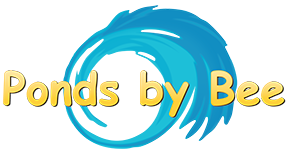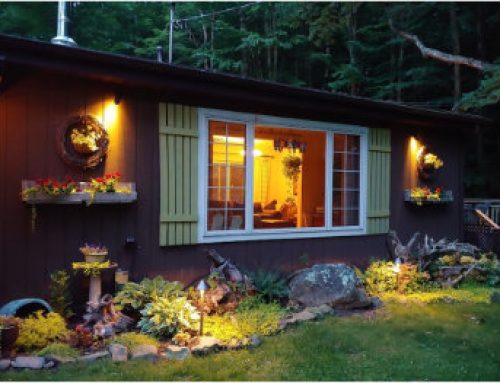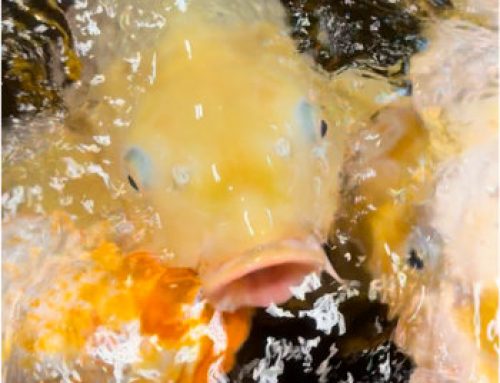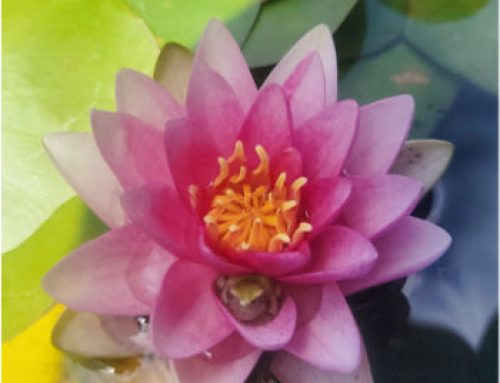When comparing EPDM rubber liners to concrete for backyard ponds, both materials have their own set of advantages and drawbacks. Here’s a comparison:
1. Installation
- EPDM Rubber Liner: Easier and quicker to install. The liner is flexible and can be fitted into various shapes and sizes, even with uneven terrain.
- Concrete: Requires professional installation, more labor-intensive, and involves curing time. Concrete can be heavy and hard to work with, especially in more complex pond designs.
2. Durability
- EPDM Rubber Liner: Highly durable, resistant to UV rays, ozone, and temperature extremes. It can last 20-30 years or more with proper maintenance.
- Concrete: Durable, but can crack over time due to shifting soil, freezing temperatures, or ground movement. Concrete also tends to degrade when exposed to continuous moisture, leading to possible leaks.
3. Flexibility
- EPDM Rubber Liner: Extremely flexible, meaning it can adapt to the natural contours and movements of the ground. It resists tears or punctures when properly installed and maintained.
- Concrete: Rigid and prone to cracking under pressure or shifting soil, which can lead to leaks or require expensive repairs.
4. Maintenance
- EPDM Rubber Liner: Requires minimal maintenance. Occasional cleaning and checking for punctures or leaks may be needed.
- Concrete: May require more maintenance, including sealing cracks, repairing leaks, and dealing with algae buildup on rough surfaces.
5. Cost
- EPDM Rubber Liner: Generally less expensive, especially for smaller ponds or DIY projects. The cost depends on pond size, but it’s typically cheaper than concrete.
- Concrete: More expensive, both in terms of material and installation costs. Professional installation can significantly increase the price.
6. Aesthetic Flexibility
- EPDM Rubber Liner: Less visible once installed, as it’s often hidden under rocks, plants, and other landscaping features. Offers a smooth, uniform surface.
- Concrete: Can be customized with textures and designs, but may require additional work to make it aesthetically pleasing, such as adding a decorative finish.
7. Environmental Impact
- EPDM Rubber Liner: Non-toxic to plants and animals, and designed to be environmentally friendly. Over time, it can be recycled.
- Concrete: Can leach lime and other chemicals into the water, potentially affecting the pond’s ecosystem and water quality.
Why EPDM Rubber is Better for Backyard Ponds:
- Ease of installation: EPDM is simpler to install, saving you time and effort.
- Flexibility: The rubber liner can easily accommodate shifting soil and natural settling, reducing the risk of damage.
- Cost-effective: Lower material and installation costs make it more affordable for most pond owners.
- Durability: Resists cracking and weathering better than concrete, and it’s less likely to need repairs.
- Environmentally friendly: Safer for fish and plants, contributing to a healthier pond ecosystem.
In summary, EPDM rubber liners offer a more flexible, affordable, and low-maintenance option, making them the superior choice for most backyard pond projects.



